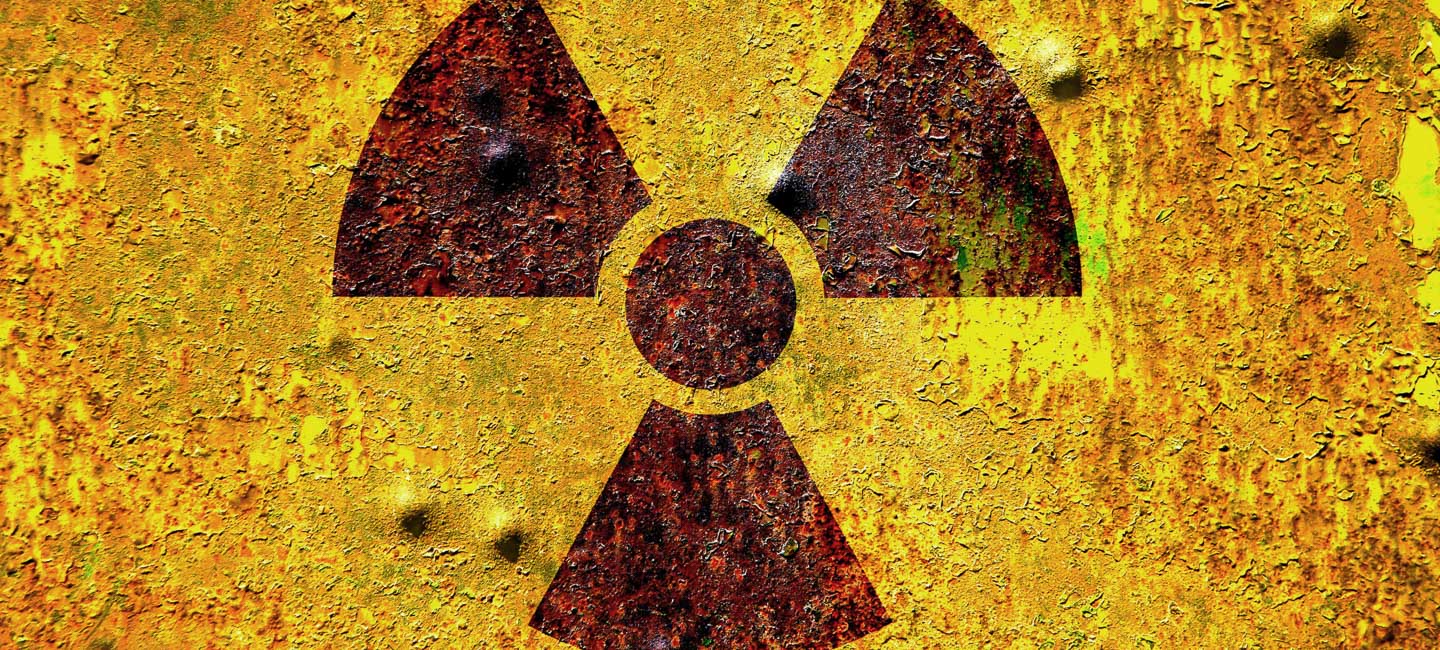What is Radon?
Radon has been making headlines, but do you know what it is? Radon is a naturally occurring radioactive gas that can have a big impact on indoor air quality and your health. You can’t see it or smell it, but it can build up inside homes and schools to dangerous levels. The problem? Exposure to high levels of radon can cause lung cancer.
Radon is the second-leading cause of lung cancer after cigarette smoking. Up to an estimated 22,000 lung cancer deaths each year in the United States are related to radon.
Should I Be Worried about Radon?
Every home should be tested for radon because high levels of the gas have been found in homes in every state. Testing is easy and inexpensive and could save your life.
How Does Radon Enter a Building?
Radon can enter a building through cracks in walls, basement floors, foundations and other openings. It can also be released from building materials or water obtained from wells that contain radon. Basement and first floors typically have the highest radon levels because of their closeness to the ground.
How is Radon Detected?
The only way to detect radon in your home is to test the air. Test kits are available at many local hardware stores or can be purchased through the National Radon Program Services. You can also hire a certified radon-testing professional. A short-term test using a kit can take two to seven days, and once the testing period is complete, you seal the kit and send it to a laboratory for analysis.
Dr. Matthew Schabath, one of Moffitt’s cancer epidemiologists, says it’s important to remember to continually test for radon. “It’s not a one-time measurement,” he said. “Radon is like a running river that ebbs and flows, and it requires constant measurement over time. It could be detected in just one room, a floor of a building or an entire block.”
How Can I Protect Against Radon?
If your home tests positive for elevated levels of radon, you can have a radon mitigation system installed. The system uses a vent pipe and fan to collect radon gas from underneath your home and vents it outside. If you are building a home, ask your contractor to install radon-resistant features such as gravel and plastic sheeting below the foundation. Make sure all cracks are properly sealed and have a vent pipe installed.
You can learn more about radon from the Environmental Protection Agency and Florida Department of Health.



